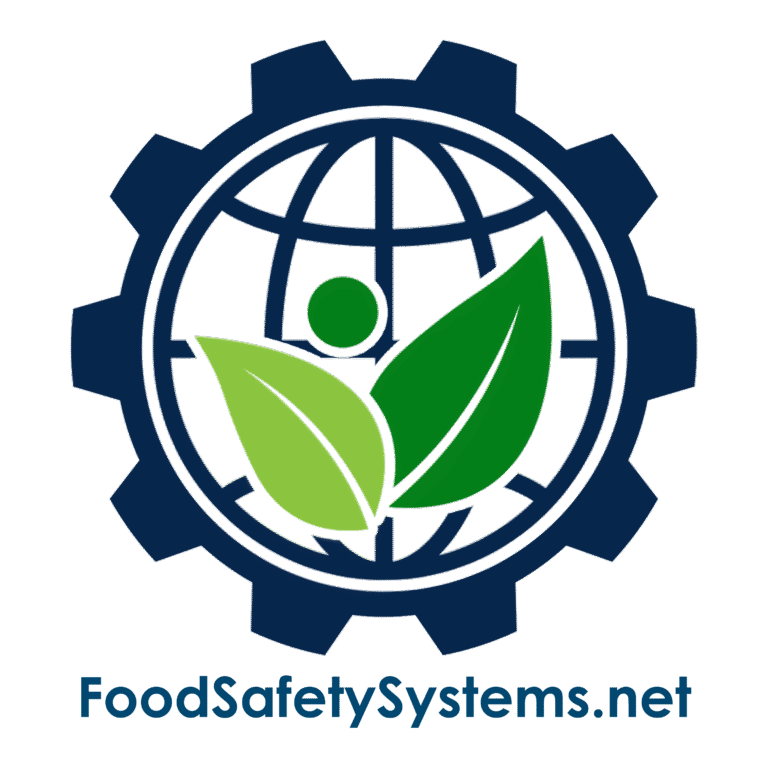Consumer Products Safety & Quality System Requirements

Guidance Aligned with BRCGS Global Standard for Consumer Products (Issue 6)
Published by Food Safety Systems | A Service by Consultare Inc. Group – A Compliance Company
Manufacturers and distributors of non-food consumer products (e.g., cosmetics, packaging, household goods) must ensure product safety, legality, and quality to meet retailer demands and regulatory expectations. Compliance with the BRCGS Consumer Products Standard demonstrates due diligence, reduces supply chain risks, and enhances brand reputation.
This checklist integrates core BRCGS requirements with industry best practices to support certification readiness.
BRCGS Consumer Products Compliance Checklist
1. Leadership & Product Safety Culture (Clause 1)
✓ Document a product safety policy signed by top management.
✓ Appoint a Product Safety Team with defined responsibilities.
✓ Conduct annual management reviews with actionable improvements.
2. Risk Assessment & Product Safety (Clause 2)
✓ Implement a hazard analysis system (e.g., HACCP, FMEA) for product safety risks (physical, chemical, microbiological).
✓ Maintain a risk register for raw materials, processes, and finished goods.
3. Product Design & Development (Clause 3)
✓ Document design controls for safety, compliance, and performance (e.g., child-safe packaging, chemical restrictions).
✓ Validate product durability and safety through testing protocols (e.g., stability, toxicity).
4. Raw Material & Supplier Control (Clause 4)
✓ Approve suppliers based on risk assessments (e.g., material criticality, geographic risk).
✓ Require compliance declarations (e.g., REACH, Prop 65, CPSIA) for high-risk materials.
✓ Conduct supplier audits (onsite or desktop) for critical suppliers.
5. Manufacturing & Process Control (Clause 5)
✓ Define critical control points (CCPs) for safety (e.g., temperature controls, metal detection).
✓ Implement Good Manufacturing Practices (GMPs) for hygiene, equipment maintenance, and contamination prevention.
6. Packaging & Labeling Compliance (Clause 6)
✓ Ensure labels meet legal requirements (e.g., ingredient lists, safety warnings, barcodes).
✓ Verify packaging integrity (e.g., tamper-evidence, child resistance).
7. Laboratory Testing & Product Validation (Clause 7)
✓ Establish testing plans for raw materials and finished products (e.g., microbial, heavy metals).
✓ Use accredited labs (ISO 17025) for high-risk testing.
8. Storage & Distribution (Clause 8)
✓ Control warehouse conditions (e.g., temperature, humidity, pest-free).
✓ Implement traceability systems (one-up, one-down) with batch/lot codes.
9. Incident Management & Recall (Clause 9)
✓ Document a recall procedure with roles, communication plans, and regulatory reporting.
✓ Conduct mock recalls annually to test response times.
10. Internal Audits & Continuous Improvement (Clause 10)
✓ Perform internal audits covering all BRCGS clauses annually.
✓ Track corrective actions via a CAPA system with root-cause analysis.
Support for BRCGS Consumer Products Certification
We simplify compliance with:
• BRCGS-aligned templates (HACCP, risk assessments, supplier questionnaires).
• Testing protocol guidance (chemical, physical, microbiological).
• Mock recall & traceability tools.
• Audit-ready documentation kits.
Achieve Certification with Confidence:
Let us help you build a system that’s efficient, auditable, and globally aligned.
Book Your Free Consultation Today
Get a Custom Proposal for Your Operation
Reference Note
Based on BRCGS Consumer Products Issue 6 (2022). Official standard available at www.brcgs.com.
Disclaimer
Food Safety Systems is an independent provider and not affiliated with BRCGS. References to BRCGS are for educational purposes only.
Privacy Policy | Terms of Service
Powered by Consultare Inc. Group, A Compliance Company







